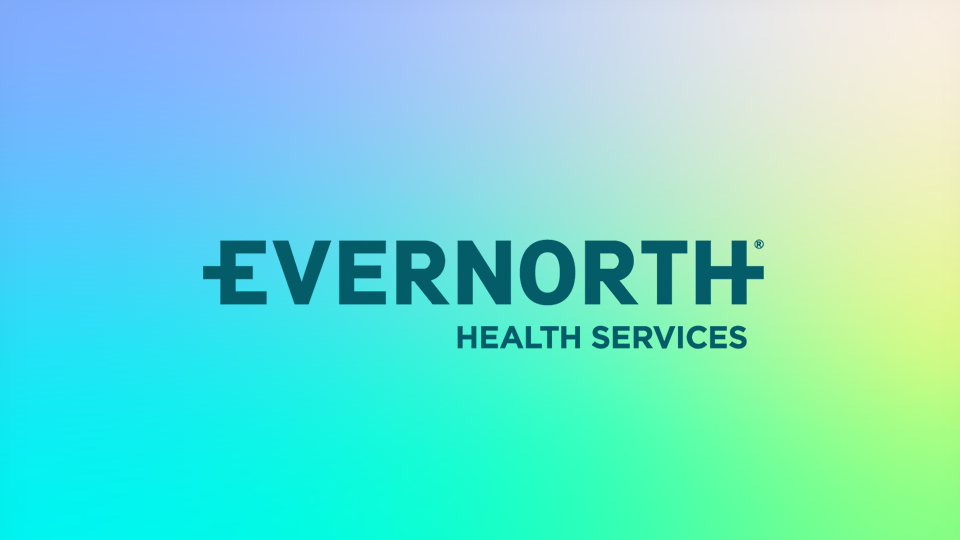Concerns about mental and behavioral health are still on the rise. According to an annual mental health poll conducted by the American Psychiatric Association, 43% of adults say they feel more anxious in 2024 than they did the previous year (up from 37% in 2023 and 32% in 2022). The 2020 COVID-19 pandemic exacerbated the need for accessible care and resources, especially for individuals who faced increased barriers to behavioral health support during a critical time of need.
In 2024, approximately 57.8 million American adults (19% of the country) were diagnosed with a behavioral health condition, but only 43% received any kind of behavioral health care. Plan sponsors that know how to leverage virtual behavioral health services are able to expand treatment to those who need it most and help save costs while doing so.
Improved access to behavioral health services with telehealth therapy
According to an MDLIVE research, 62% of respondents said they were open to using telehealth for behavioral health services, but only 28% have actually done so.1 This could be due to a number of factors, including the possibility that members aren’t aware of the virtual behavioral health services available to them. Though the overall share of telehealth visits has dropped (25 percentage points from peak usage in 2020), it still accounts for 37 percent of mental health today.
Despite this downwards trend, usage remains higher than pre-pandemic levels. Moreover, in contrast to overall telehealth visit volume, the share of virtual care appointments specifically for behavioral health conditions jumped from 41.8 percent in Q1 2020 to 62.8 percent in Q4 2022.
Offering such benefits helps address health equity concerns and reduces the number of members who go without care because they don’t have convenient access to a behavioral health care professional. Moreover, plan sponsors that make it more intuitive for members to navigate the path to the right care in a timelier manner have a competitive advantage. On average, behavioral health appointments are made available within 43 days, which is far less than the average 67 days for in-person appointments.
In addition, plan sponsors that offer virtual behavioral health services as part of their benefits have an opportunity to serve individuals that may be unable to physically access care due to chronic conditions, disabilities or increased distance from in-person providers. MDLIVE by Evernorth, a 24/7 virtual care delivery platform, has a nationwide provider network of more than 1,400 board-certified psychiatrists and licensed therapists available in all 50 states and Puerto Rico.
These kinds of benefits also help members overcome the stigma many attach to behavioral health by removing barriers associated with a brick-and-mortar practice and allowing members to participate in behavioral health services from a self-identified safe space.
And, quicker access to behavioral health care allows for earlier detection of issues before they advance into serious conditions that require increased treatment and greater spending.
Virtual behavioral health helps reduce health care costs
According to the National Alliance on Mental Illness, untreated behavioral health conditions contribute to $3.3 billion in indirect costs, $708.5 million in direct health care costs, and $185.4 million in nonhealth care costs. Depression alone is responsible for $47.6 billion in lost productivity, annually.
Providing accessible behavioral health treatment sooner to individuals who are also diagnosed with chronic health conditions offers significant potential for cost savings. Patients with chronic medical conditions who don’t get the behavioral health support they need when they need it are more likely to experience exacerbated physical and mental symptoms, resulting in poor overall health outcomes and increased medical expenditures.
An Accenture analysis further supports this claim and shows that even a 1% increase in treatment for behavioral health disorders in the U.S. could yield as much as $2.4 billion in medical cost savings annually, at least some of which can be attributed to the fact that individuals with chronic medical conditions often also struggle with their mental health.
Virtual care for behavioral health is here to stay
There has been an increase in interest and adoption of virtual health care solutions in recent years and while telehealth options existed before the pandemic, some plan sponsors still aren’t effectively communicating access to this type of care as part of their behavioral health benefit offerings.
However, as the popularity of telehealth among members and employees continues to grow, many plan sponsors are looking at the benefits of adopting the virtual model for providing behavioral health services and its potential to save time and money for everyone involved.
Health plans and employers can help members navigate the path to the right behavioral health care by taking these steps:
- Reevaluate the behavioral health benefits you are providing your members and employees
- Ensure you are providing a wide range of options for your members and employees to access the behavioral health care they need, including virtual options
- Communicate these options and ensure your members and employees know that they are part of their benefits plan
Originally published on 5/16/2023 and updated on 8/20/2024.


